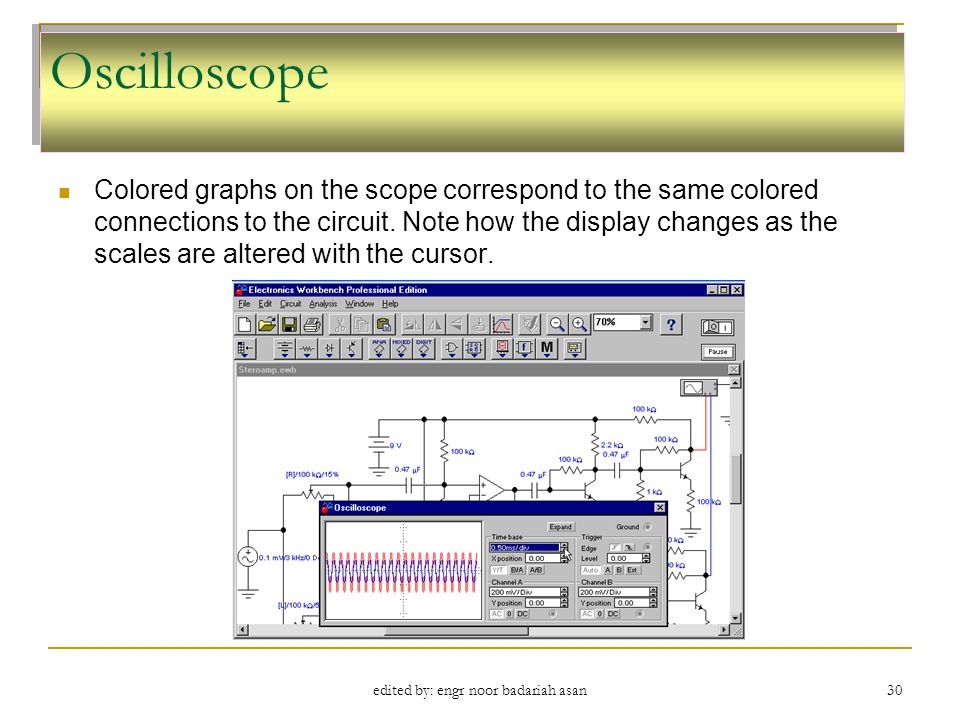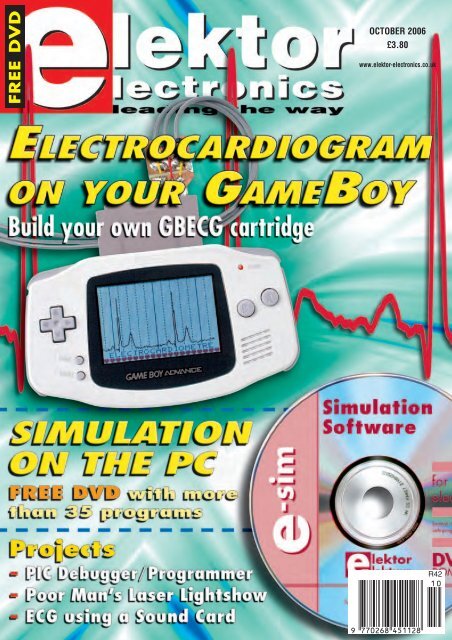

The package is split in many parts so you edit one thing at a time. The template format is a text file that you can write yourself also, though it may take some time to get used to handling the parenthesis. You can download the latest or track the repository yourself. There is a vibrant community contributing new templates, libraries and components to the GitHub repository. The list includes Raspberry Pi, Arduino projects and also BeagleBone. You can pick a template from an impressive list. The KiCAD program has many nice introduction features and a nice interface. Some are even command line, so you can use a terminal. In the list, you will find all levels of interaction and help you can get right now. Fortunately, many programs are very instructive and you can even simulate your circuits. The basic systems are text based, a beginner do not want to start that way. If you are reading the basics, you are going to need a system that shows more information about the circuits. Your goals need to align with your current skills. Many of these tools import catalogues to the application so you can browse while designing, making it very convenient to order boards or components. Are you learning to create hobby projects or are you already bringing your game to a higher level? You may also want to consider if your favourite electronics supplier already supports the tool you are going to make. What are your goals?īefore you start, you may want to consider what your current goals are.



You will also hear about how they specialise. This list goes through the tools available and discusses the pros and cons of each. Where are the Linux specific, or cross-platform tools, and which one suits my needs the best? Today, you will learn what you need to get started with your new project. So, you are planning a new electronics project and wonder what tools are the best? You may also be learning to design your own circuits and your favourite platform is Linux.


 0 kommentar(er)
0 kommentar(er)
